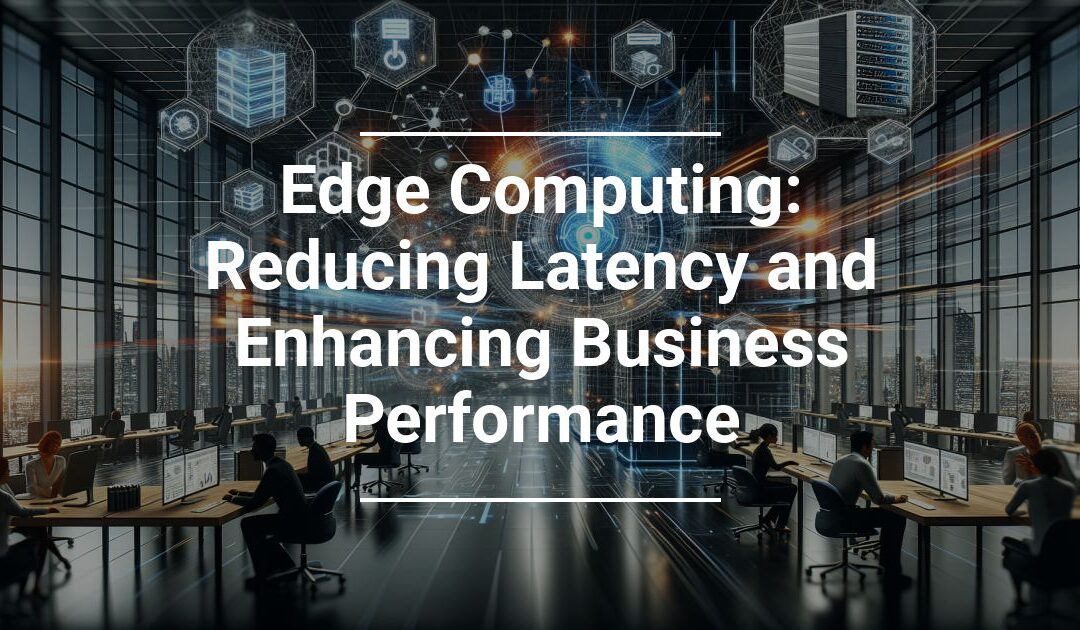 Companies are constantly undergoing numerous online processes simultaneously, from uploading and downloading content to answering customer concerns across multiple platforms. However, the more processes, systems, and devices you add to your business, the more latency you may notice, holding your brand back from reaching its full potential. Luckily, edge computing can put an end to this.
Companies are constantly undergoing numerous online processes simultaneously, from uploading and downloading content to answering customer concerns across multiple platforms. However, the more processes, systems, and devices you add to your business, the more latency you may notice, holding your brand back from reaching its full potential. Luckily, edge computing can put an end to this.
Centralized Data Centers Versus Edge Computing
All company devices, from phones and desktops to smart thermostats, traditionally connect to the cloud or centralized data center. That means data from all devices travel to one location simultaneously, creating a bottleneck effect as processing slows. Moreover, since some devices are further away than others, some data travels long distances, not only increasing latency but threatening security.
On the other hand, Edge computing relies on numerous data-collecting servers scattered around the company. Because of this, edge computing helps company owners in the following ways.
Less Latency Than Cloud Computing
When data travels to the cloud or data center, the latter must collect, process, and analyze the raw information before sending it back to the sensor or device from which it was collected. Only then can the mechanisms continue with their processes. However, the more data that travels back and forth and the longer the distances traveled, the more strain there is on the bandwidth, slowing online experiences.
While edge computing doesn’t replace the cloud, it allows devices to send data at shorter ranges to the nearest server where it takes place. Edge servers act like the cloud, gathering and analyzing data, decreasing bandwidth and latency for faster computing speeds.
More Security With Short Data Traveling Distances
The cloud is an external feature, which makes sending raw, unencrypted data to the cloud dangerous. Unidentified third parties can easily find and steal sensitive information from your company. Edge servers, however, sit on company grounds, meaning personal data never leaves your office space. Moreover, if crucial information must travel to the cloud, the servers encrypt it first for optimal safety.
Real-Time Processing with Artificial Intelligence
Because data travels a shorter distance and processes faster thanks to edge nodes and servers, you receive data in real-time, so you know how to deal with incidents that arise. But thanks to AI assistance, it does more than collect data from all locations, including physical locations like cameras and online spaces such as social media platforms. It categorizes the information by topic, positivity, negativity, and more.
For instance, it can update you on supply chain performance, alerting you to products that need immediate reordering to fulfill demands and aren’t doing so well so you can remarket them. Another example includes alerting you to customer behavior analyses that help you aid prospects through the buying journey and make predictions.
Edge computing offers safety, speed, and real-time processing for enhanced company activity. Still, these benefits are far from the only ones. Continue researching to determine if it’s right for you!


